Atletico Madrid have had an indifferent start to the new La Liga season, and are already five points behind Barcelona and Real Madrid. Los Rojiblancos have been uncharacteristically sloppy defensively, keeping only two clean sheets in five league games so far, and conceding four goals in the process. Combined with a misfiring attack that has notched just five goals so far, it is no surprise that Diego Simeone’s men find themselves in fifth place in the nascent La Liga table. After summers of significant change at both Barcelona and Real Madrid, it was expected that Atletico would be serious challengers for the title, especially after some superb transfer business which brought in the likes of Rodri, Gelson Martins and Thomas Lemar. However, the new boys have yet to click, while the old guard is also faltering. We will now embark on an analysis of the reasons behind Atletico’s struggles so far, and how they can turn around their mediocre run of form.
Lack of width while defending
Under Diego Simeone, Atletico have found success by playing in a compact, narrow 4-4-2 formation, which squeezes space centrally and makes it difficult for opposition sides to play through them. However, a look at Atletico’s average formation from the three games where they have dropped points this season – against Celta Vigo, Eibar and Valencia – shows a new problem; they are not defending the wide spaces well enough.
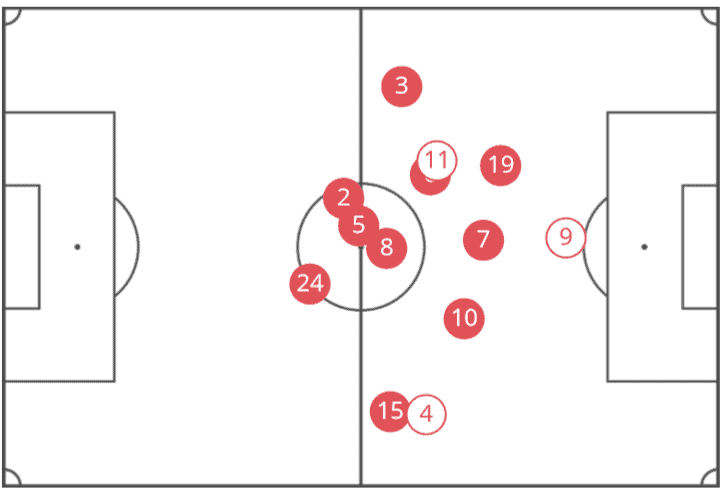
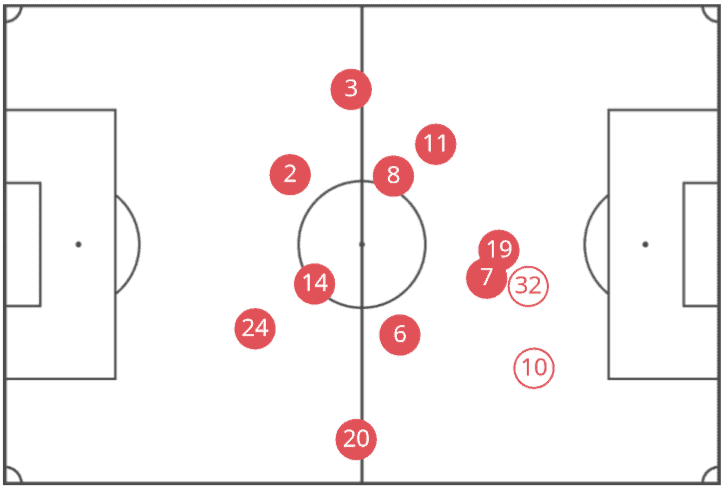
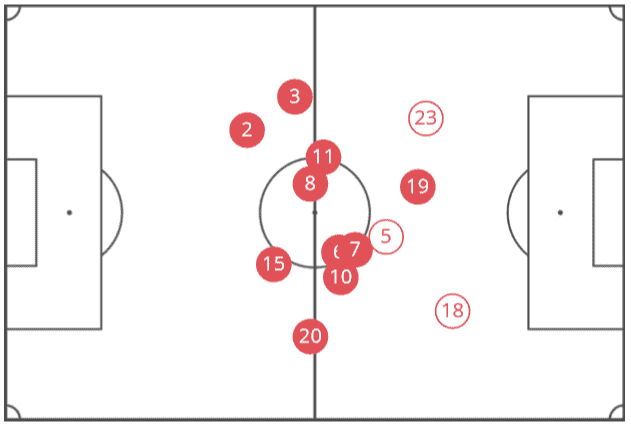
Simeone’s side sets up in a way wherein the full-backs are expected to provide width. While this allows the nominal wingers to tuck inside and combine with the midfielders and forwards, a knock-on effect is that the full-backs can be left isolated against the opposition winger, and often outnumbered if their full-back is overlapping –
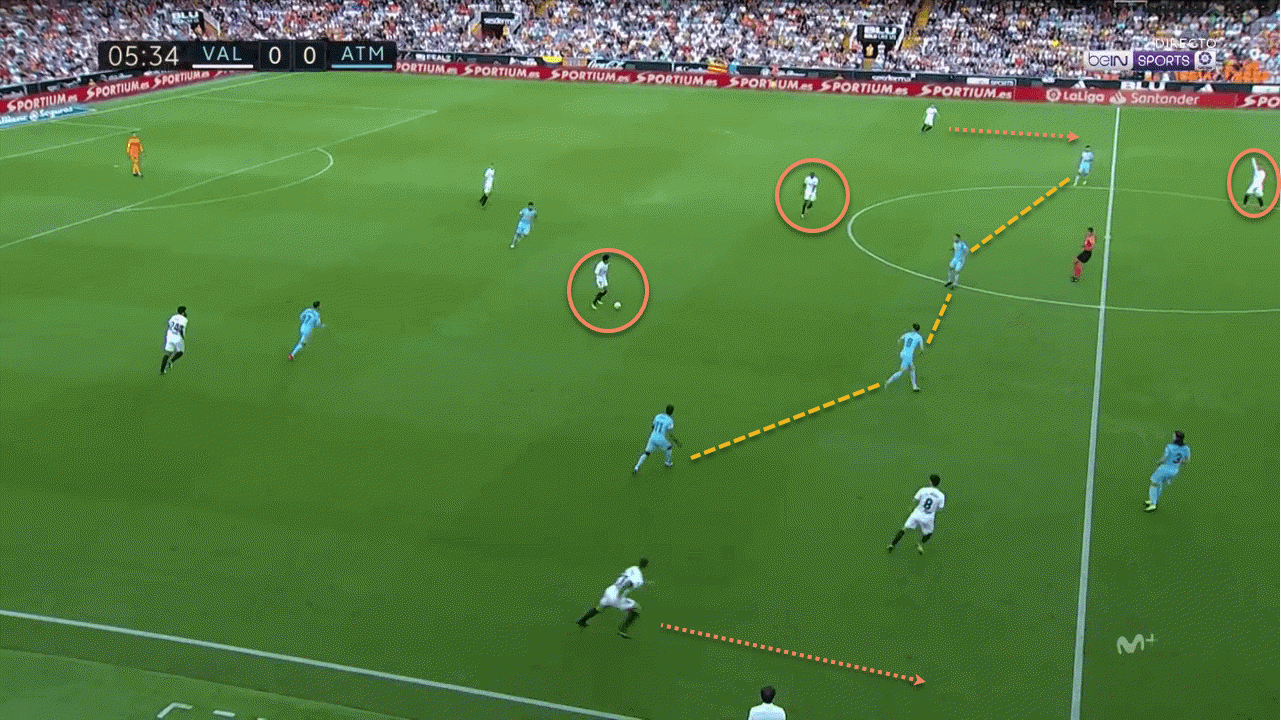
Three of the five goals that Atletico have conceded have come from crosses into the box from wider areas, which demonstrates how this has developed into a weakness. In fact, another effect of Atletico’s formation is that they have developed a vulnerability to movement on the far side. While the full-backs are expected to stay wide while attacking, they drop in to form a narrow back four when defending. This means that an attacker on the far side of the pitch often has a lot of space, and a quick switch of play or cross to the far post can catch the defence out. Indeed, this is exactly what happened for the goals Atletico conceded against Valencia and Eibar, with Juanfran the guilty party on both occasions –
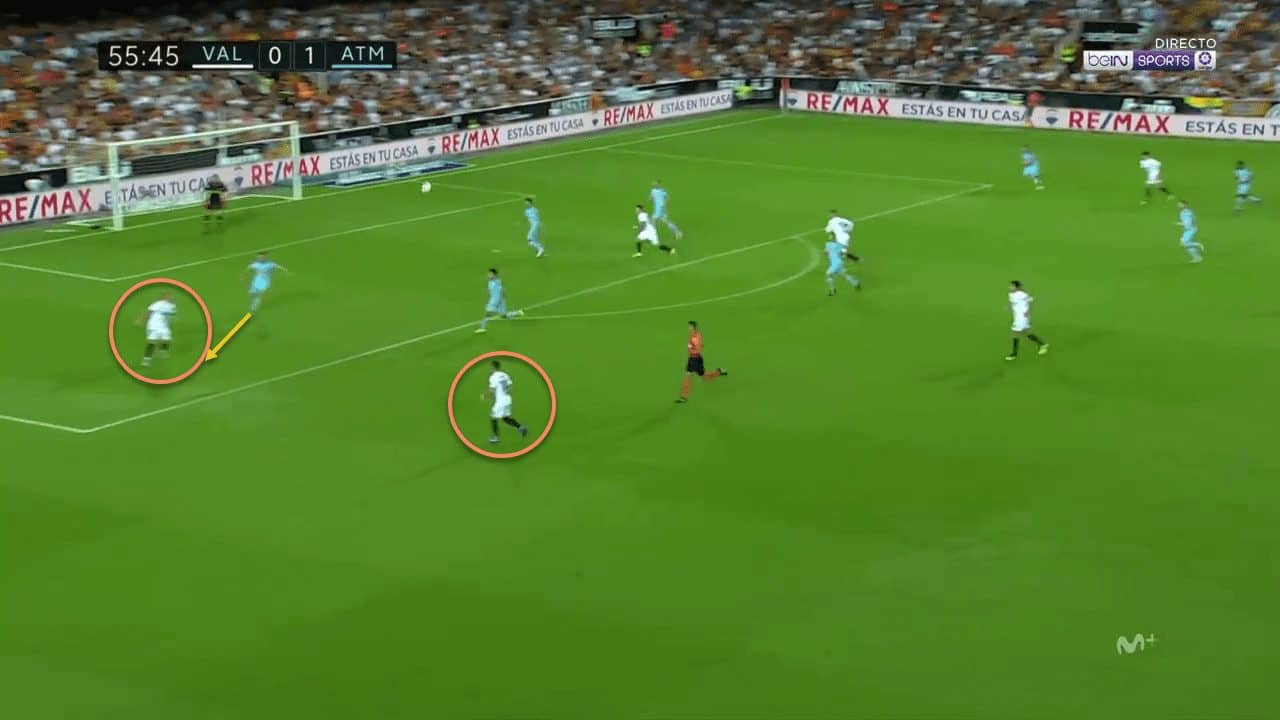
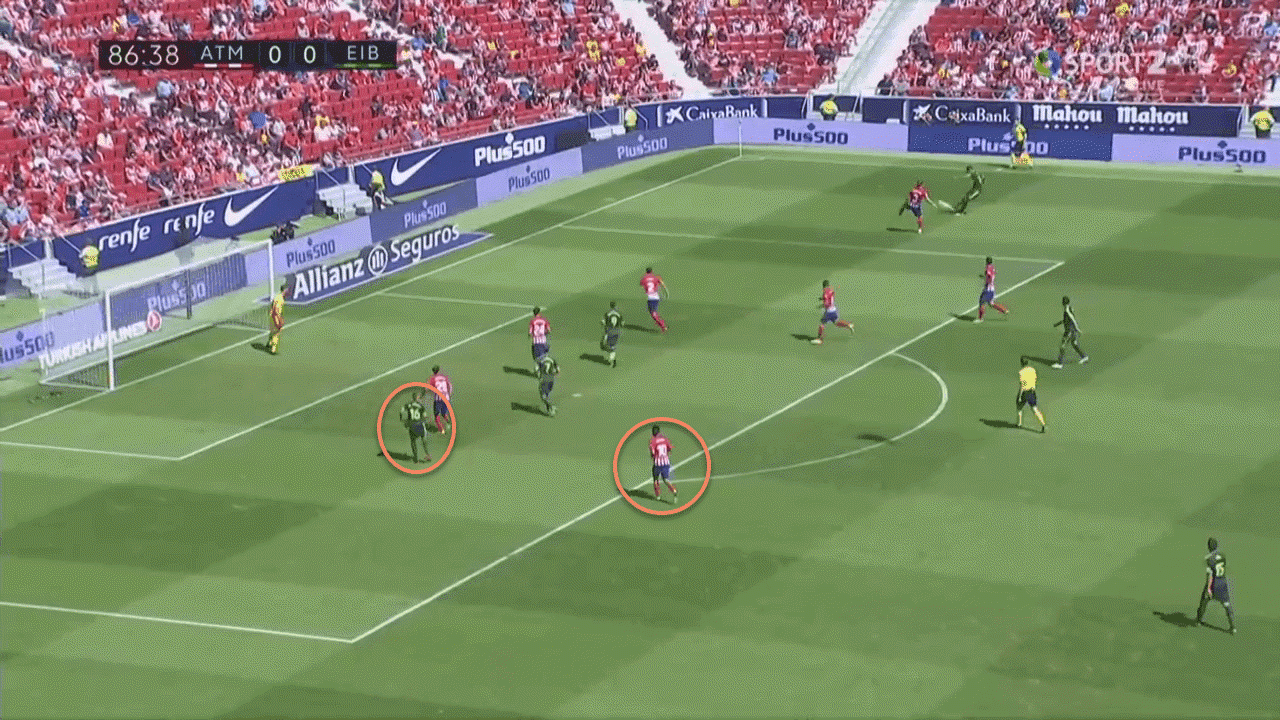
Two-man midfield causing problems
Another staple of the Simeone era has been his insistence on playing only two central midfielders, with one of the wingers, usually Koke, moving into central areas to help out. However, Gabi’s departure has meant that Koke has finally been moved into the centre of the park this season, where he has been partnered by Saul or new arrival Rodri. With Simeone deploying natural wingers in Lemar and Correa on the flanks, and Antoine Griezmann usually staying up front with Diego Costa, the midfield has often looked undermanned. Against Valencia, for example, it was quite easy for Geoffrey Kondogbia, Valencia’s deepest midfielder, to get on the ball, as he would find space between Atletico’s forwards and their midfield line – he had the second-highest number of touches (87) and passes (73) of any player on the pitch. The Frenchman was also involved in Valencia’s goal, whipping the ball to the far post where Daniel Wass was in space.
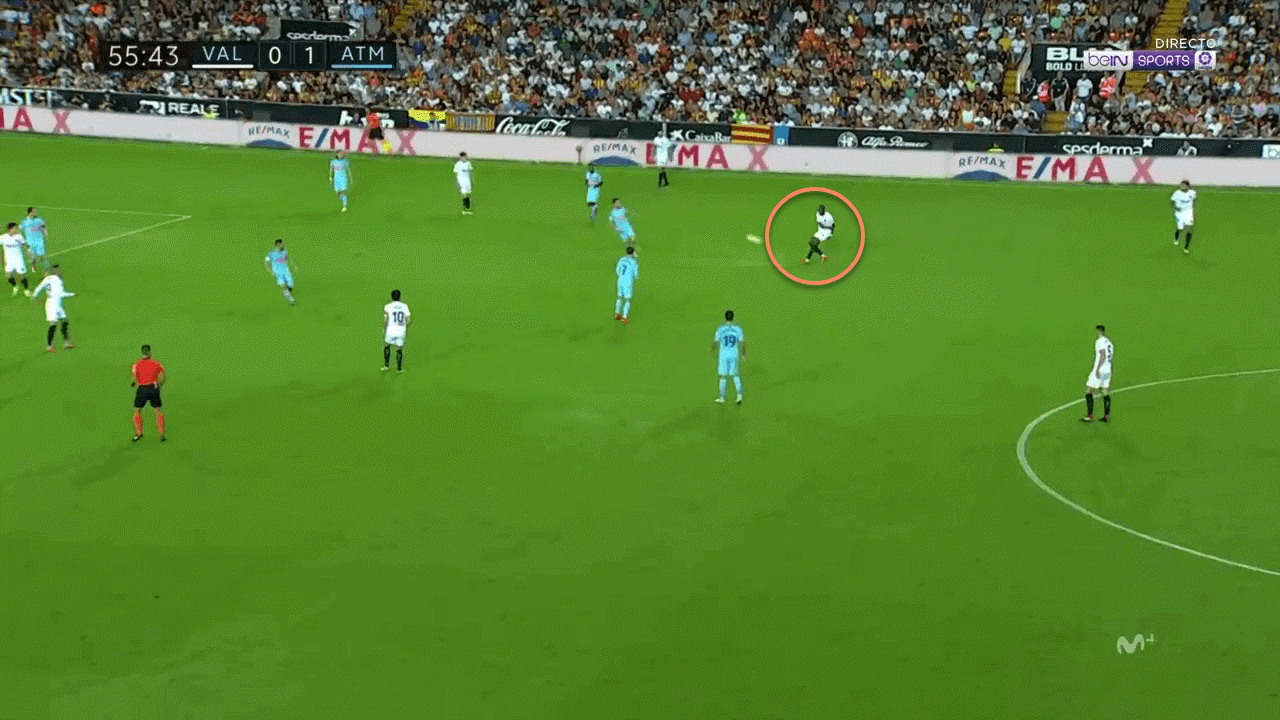
As the image shows, Kondogbia is in oceans of space – the midfield has dropped off while the forwards are not interested in pressing. This is a standard problem faced when playing in such a system, as the opposition’s defensive midfielder usually has no direct opponent unless one of the forwards drops back. This issue also manifested itself in the build-up to Eibar’s goal –
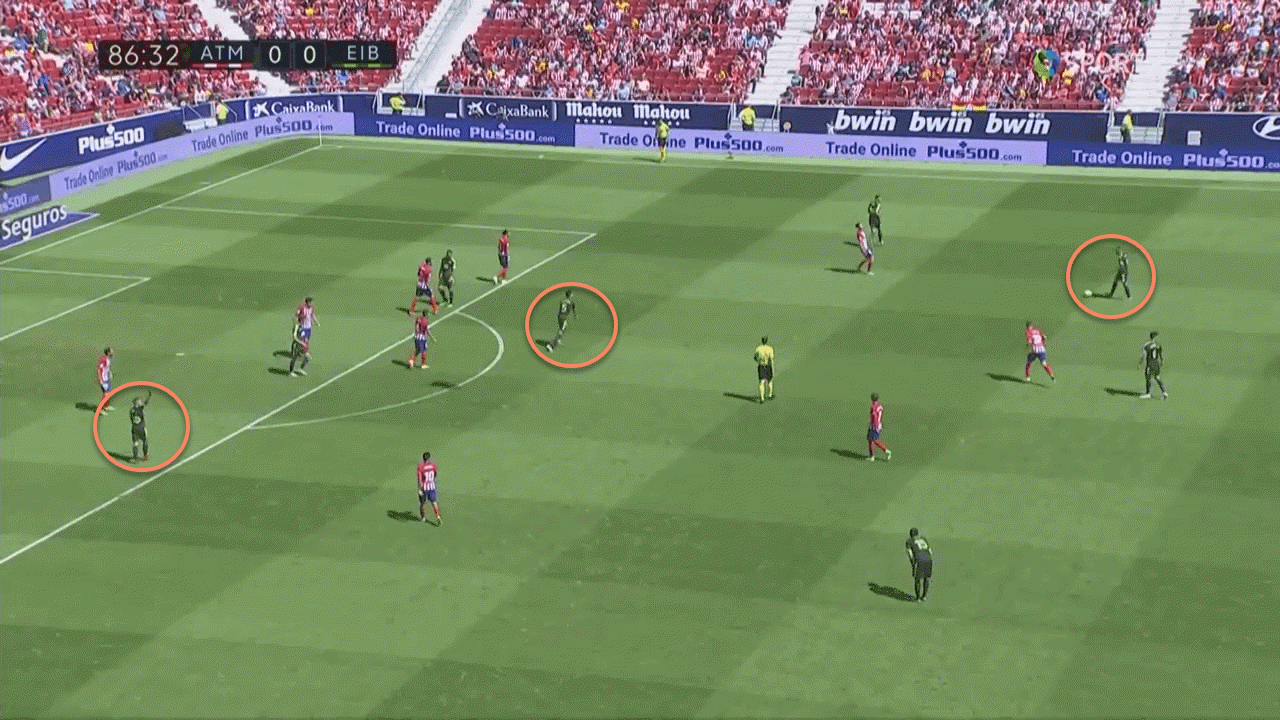
A related issue is the fact that with just two central midfielders, Atletico do not have the option of a defensive midfielder dropping deeper to cover space between the lines, with the result that there is often room for players in that zone. Once again, an example from the Valencia game illustrates this –
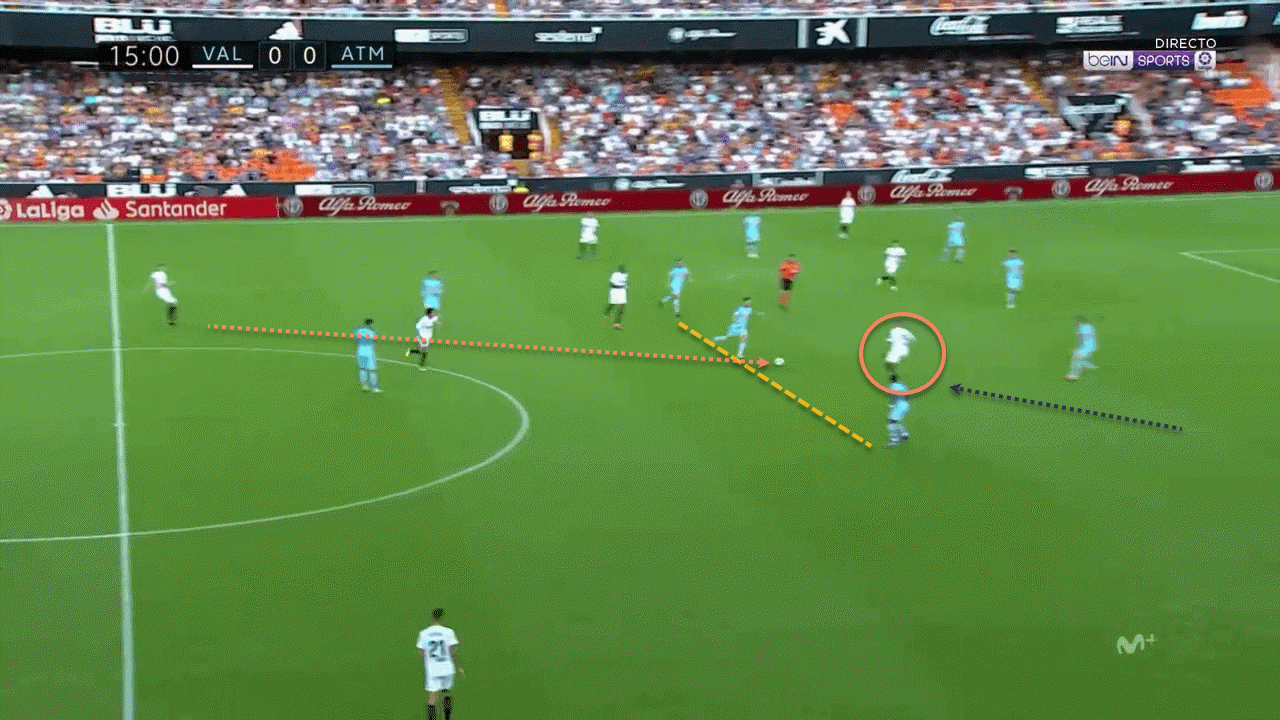
Flat formation leads to lesser invention
The 4-4-2 as used by Simeone’s Atletico has issues in attack as well. This season has seen Antoine Griezmann paired up front with Diego Costa, but while the Frenchman used to drop deeper to link play in earlier seasons, he is now playing alongside Costa. While this is effective in disrupting opposition defences who have to deal with two strikers, the downside is that the link between midfield and attack is broken. While the wingers do come inside, they are usually in the ‘half space’, and not in central areas.
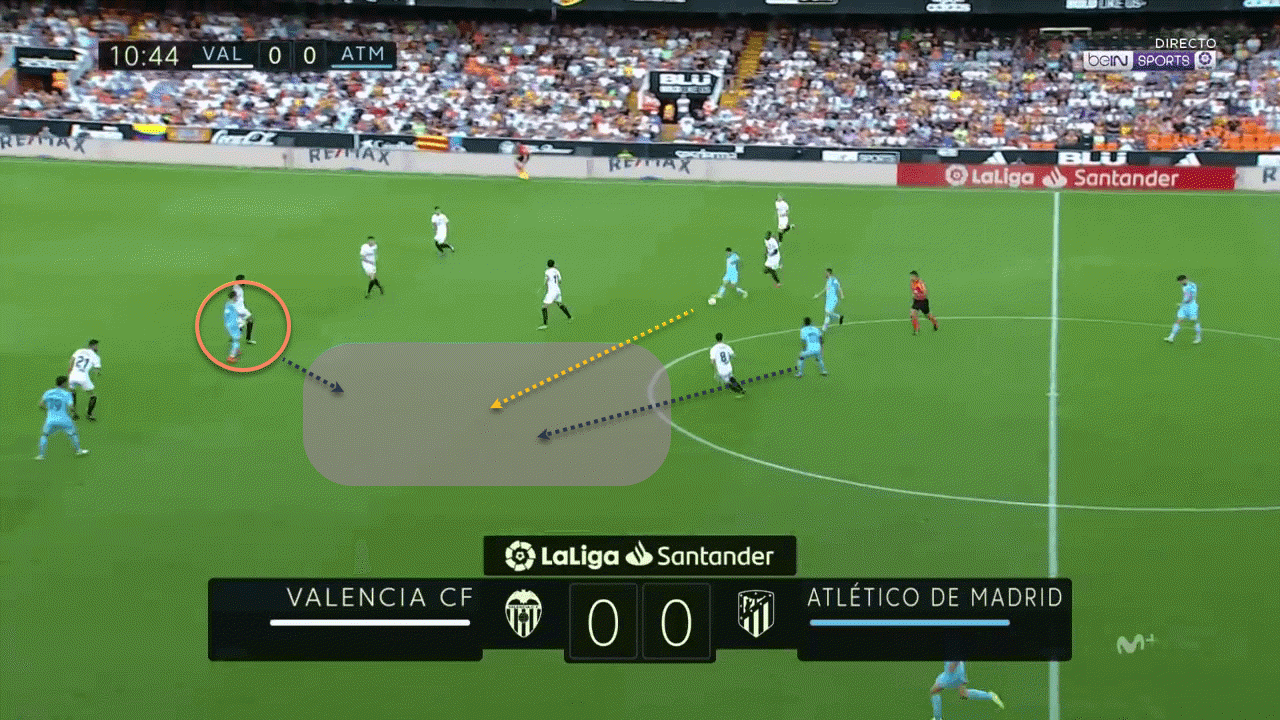
This has led to an odd situation where Atletico lack thrust from both wide and central areas. Correa and Lemar move inside, which means that the full-backs must get up the pitch to provide width, while the lack of a true number 10 means that both wingers have to try to create centrally. Griezmann’s role as a proper forward hurts the structure of the team too; although the Frenchman has 3 assists from 5 games in the league, along with 1 from 1 in the Champions League. Moving him slightly deeper would improve the creativity of the side, while also allowing Costa free reign to roam across the width of the pitch and seek out openings in the backline.
In conclusion, it would be appropriate to state that Atletico’s usual defensive solidity has gone missing this season. While they may have got back to winning ways with a 2-0 win over Getafe, certain structural issues remain, which may hamper their ability to challenge for the title this season.

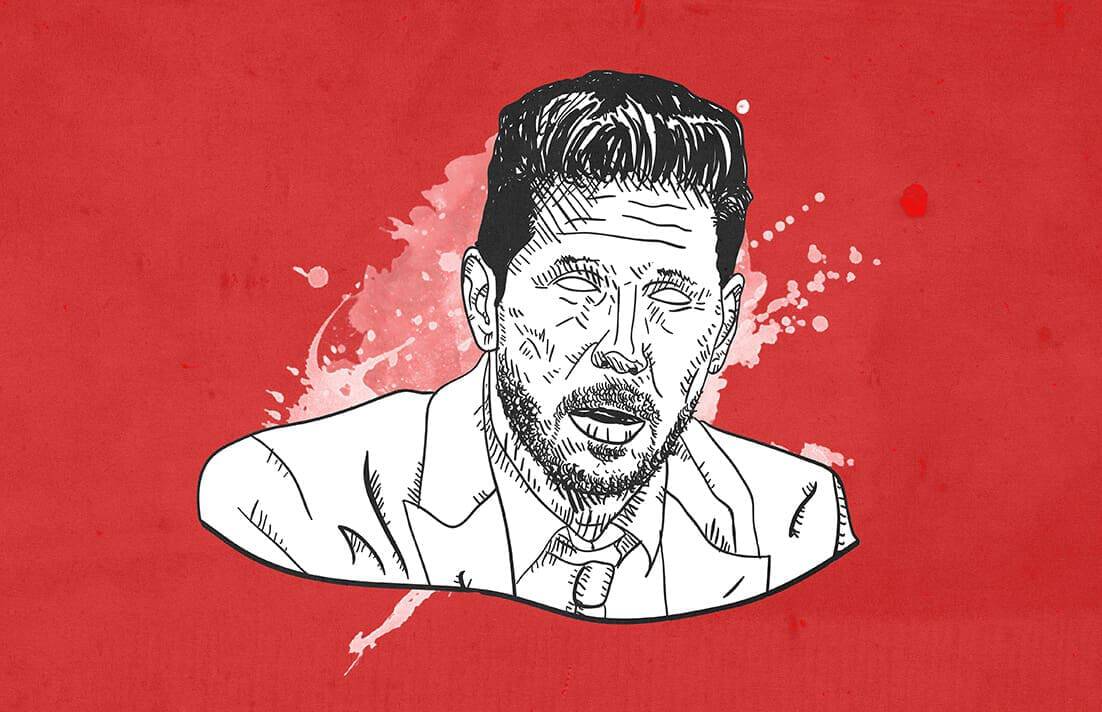


Comments